McGill researchers demonstrate new way to control light in semiconductor nanocrystals.
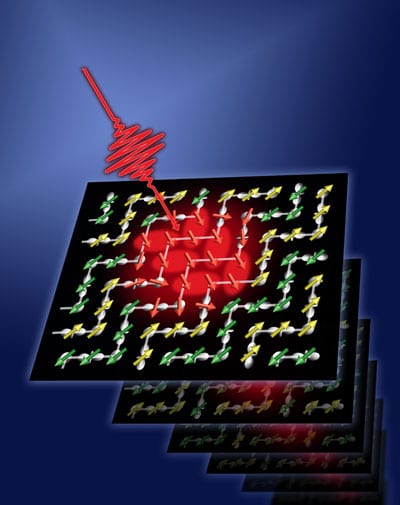
New procedure increases magnetic switching speed x1000
Researchers have found a new way to switch magnetism that is at least 1000 times faster than currently used in magnetic memory technologies.
Georgia Tech team win DARPA contract for chip-cooling technology
Technology is intended to able to handle heat loads as much as ten times greater than systems commonly used today.
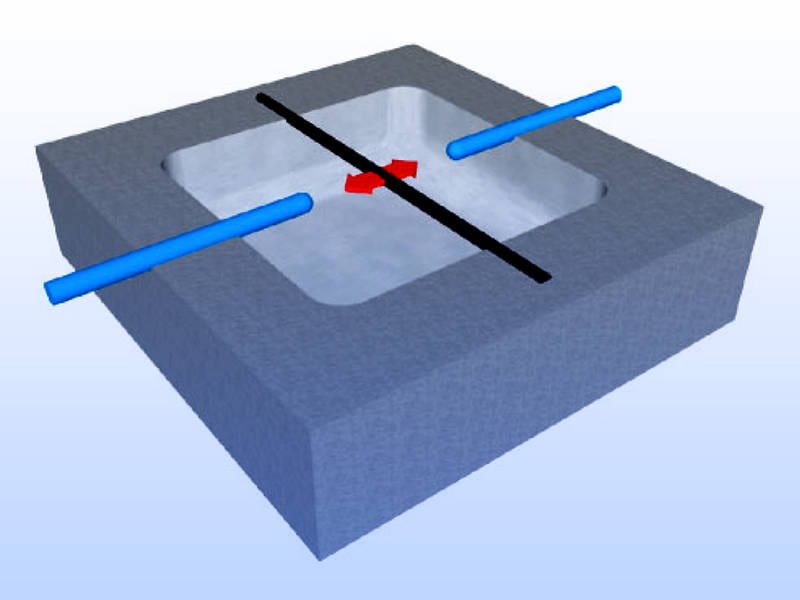
Carbon nanotubes could be the "bits" of quantum computers
Munich-based team show how nanotubes can store information in the form of vibrations.
New bulk silicon nanosystem for electro-photonic applications
Research enables bulk silicon to emit broad-spectrum, visible light, opening the possibility of devices that have both electronic and photonic components.
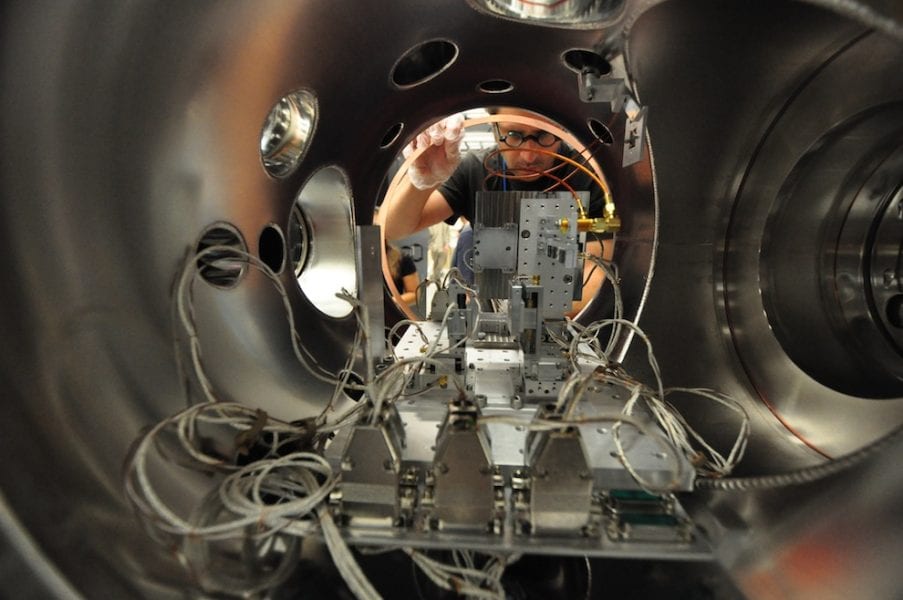
Writing data with an X-ray laser
Using laser light to read and write magnetic data by quickly flipping tiny magnetic domains could help keep pace with the demand for faster computing devices.
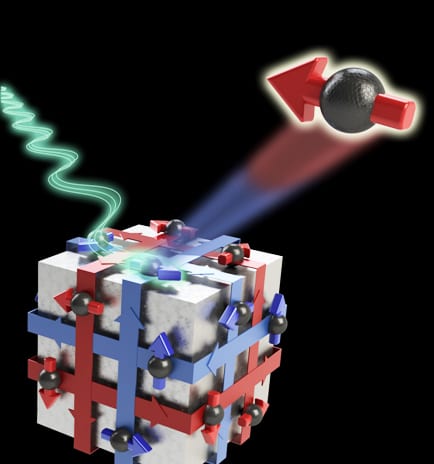
Unexpected photoelectric behavior from topological insulators
Team find that when TIs are hit with a laser beam, the spin polarization of the electrons they emit can be completely controlled in three dimensions.
A new porous material for carbon capture
Chemists at USF and KAUST have discovered a more efficient, less expensive and reusable material for carbon dioxide (CO2) capture and separation.
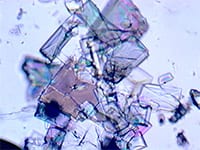
MOF material improves carbon dioxide scrubbing
Material investigated by USF and KAUST chemists could be a breakthrough in developing new tools for cleaner air and energy production.
Researchers demonstrate self-assembling quantum dots
Unexpected breakthrough could bolster quantum photonics and solar cell efficiency.










